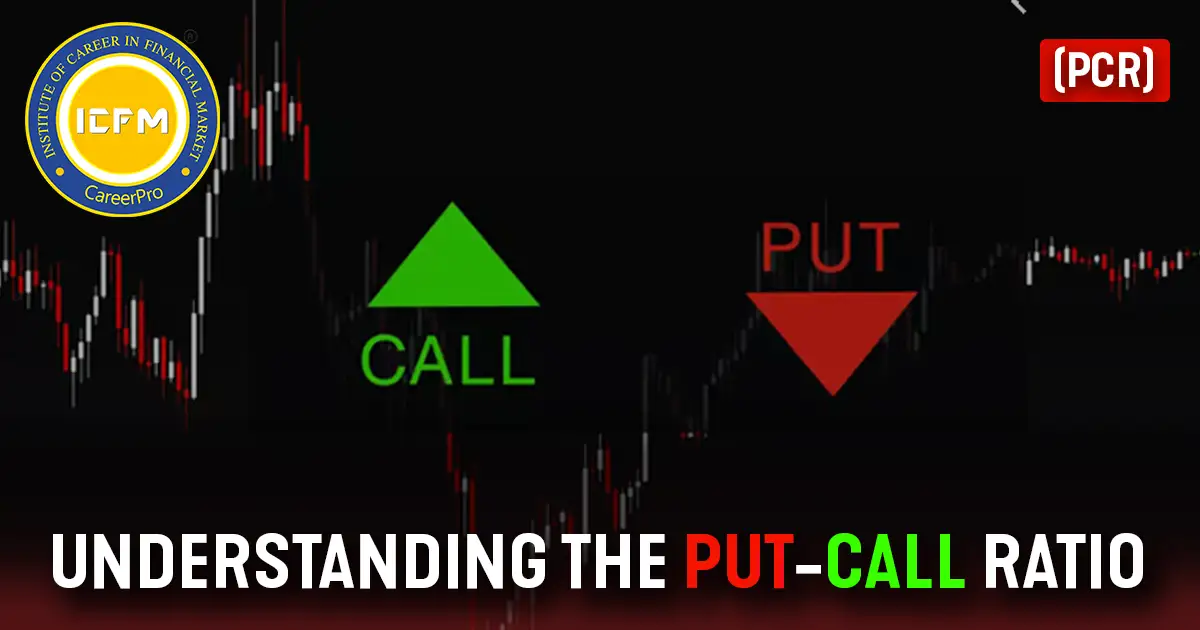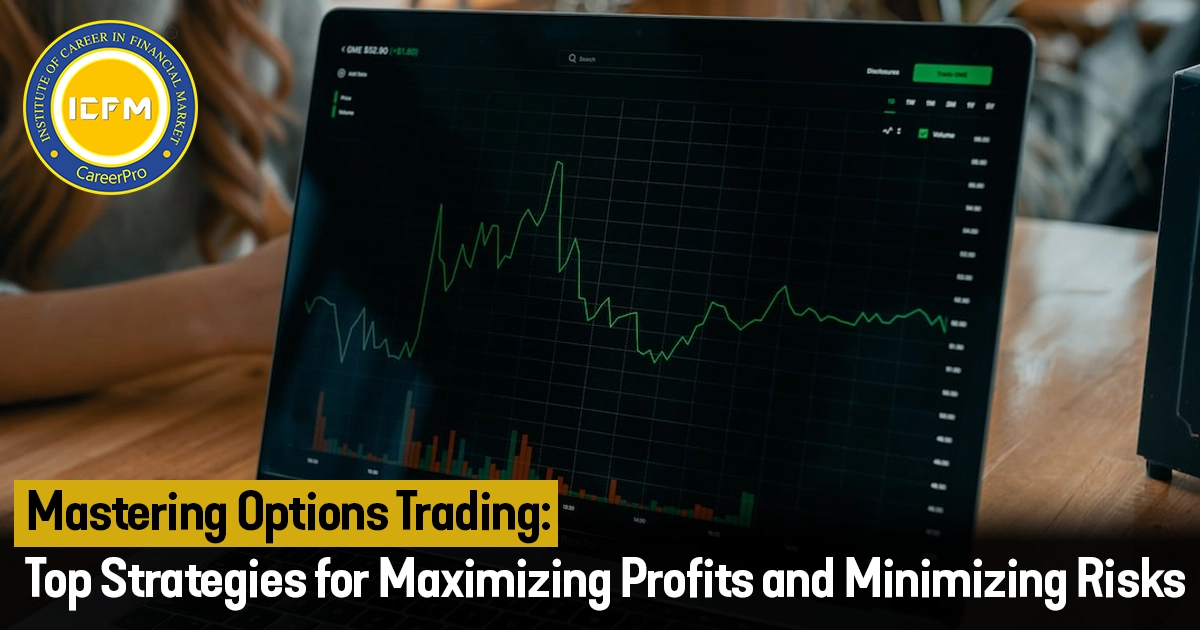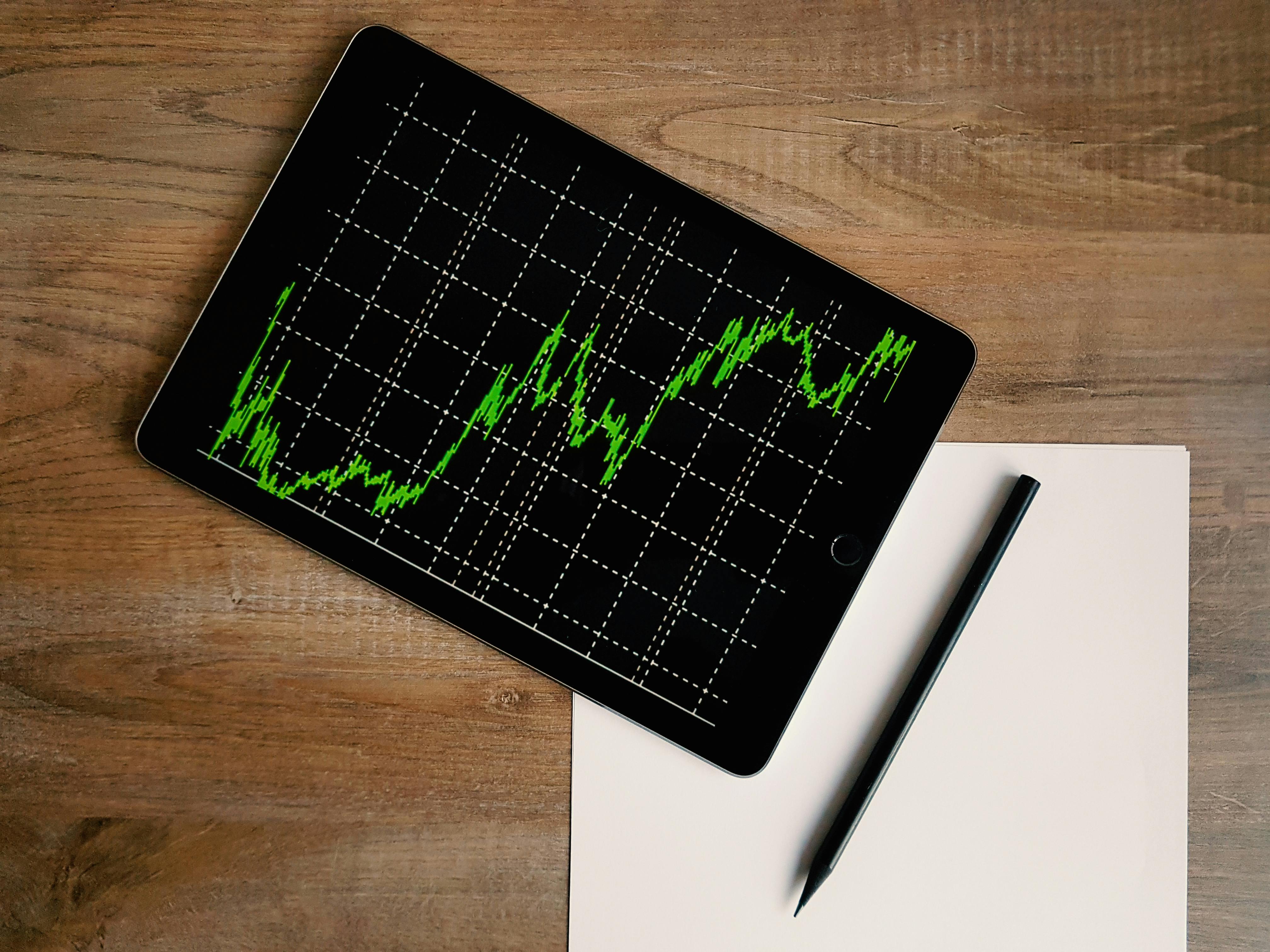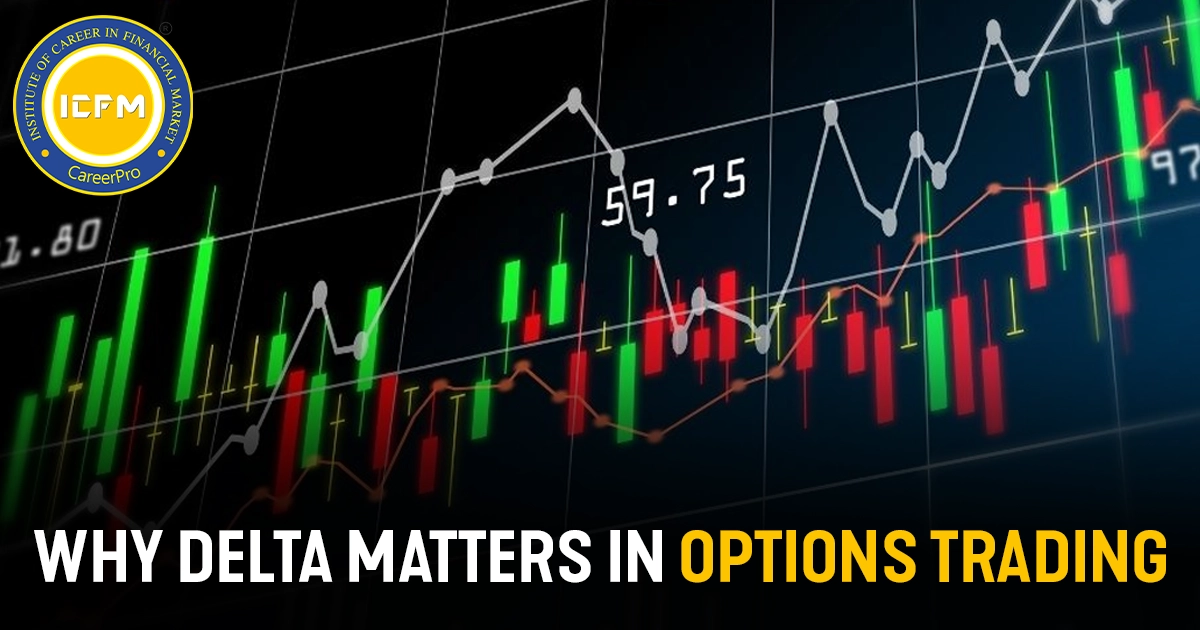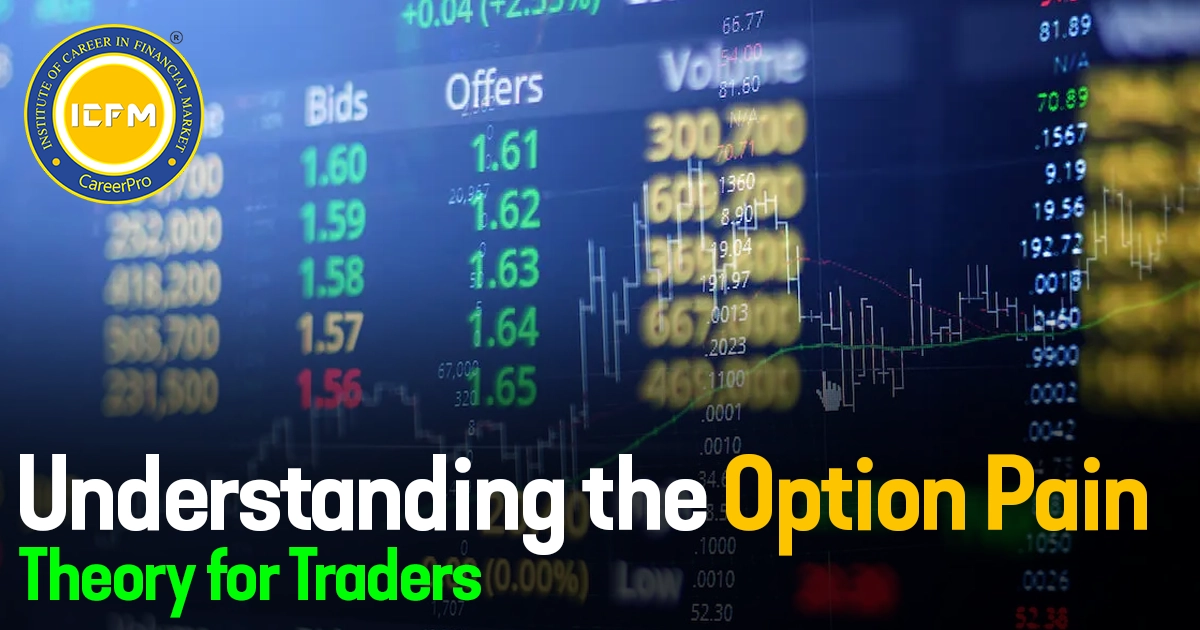The Put-Call Ratio (PCR)
The stock market has its arsenal of tools that help traders make an informed guess as to how other people think about the market. One is called the Put-Call Ratio (PCR). It measures the market's views on whether it's going up or down, using the ratio of two kinds of contracts: puts and calls.
Let's break it down to what these terms mean and how the PCR ratio works.
What are Call and Put Options :
Before explaining the PCR ratio, understanding what "put options" and "call options" are is vital.
Put Options: A put option is an agreement to allow the buyer to sell any asset, perhaps a stock, at a set price before a particular date. Investors buy a put option when they anticipate that an asset will make a downsiding move because in this case, they can sell it at a more desirable price than that anticipated in the later market.
Call Options: Call options are contracts giving the owner the right to purchase an asset at a certain price up to a certain date. Investors enter into call option investments when they believe that the market price of an asset will increase. Hence, they can purchase it at a lower price and sell it for this profit difference if the market price increases.
Put-Call Ratio (PCR):
- The Put-Call Ratio (PCR) is a number that indicates the number of put options bought compared to the amount of call options. The PCR allows investors to draw some conclusion about whether the market is positive or negative about the future.
- If PCR is high, then of course more investors are buying put options because they believe that the market is going down. This therefore shows that there is fear or pessimism at the place.
- If PCR is low, then more investors are buying call options since they think that the market is going to rise. This shows optimism or confidence in the direction of growth at the place.
How to Read the PCR Ratio:
1. Low PCR Ratio:
When call options are more being bought compared to put options, the PCR ratio is low. It simply suggests that the investors are optimistic; they feel
that the market will rise.
2. High PCR Ratio:
This implies, when a large quantity of put options is purchased against call options, the PCR ratio is high. It is during times when the investors are frightened that the market will drop.
3. Balanced PCR Ratio:
In the case where the put and call options are approximately equal, the PCR ratio is very close to 1. This means simply that the market is equilibrated, and investors do not know or don't care about what is supposed to happen in the future.
Why is the PCR Ratio Important?
The PCR ratio is important because it clearly gives a signal of "how investors feel"about the future. It can be utilized in several ways:
1. Understanding Market Sentiment:
-A high ratio would inform you of negative sentiment and investors are buying protection for a drop in the market. When the PCR ratio is low, then investors are positive and also placing bets on a rise in the market.
2. A Contrarian View:
Investors, at times, use the PCR ratio in a **contrarian way**. Here, for example, they would think that if too many people expect the market to fall, then again the opposite event might occur, and the market will go up. Conversely, when the PCR is extremely low, then it can mean that the market becomes too confident and perhaps is overdue to crash.
3. Risk Management:
- Options traders need a PCR ratio to have a basis for their risk management planning. If the PCR ratio is excessively high, then the traders will look forward to reformulating their strategies for the possibility of market value decline.
Conclusion:
PCR, or the level of PCR, is very useful in saying whether the investors are being optimistic or pessimistic about the future of the market. Computed based on how many persons are buying protective put options versus "gain" call options, the PCR ratio can be a quick indicator of the mood of the market.
Whether the investor is new to the field or mature, such a ratio can guide better decisions. It can give one an insight into what drives the market: emotion.


